Plastic tooth crown
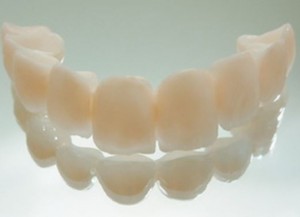
Not only wealthy patients need dental prosthetics, but also those whose budget is limited.
To date, the most inexpensive material for the manufacture of dental crowns is plastic.
Plastic (plastic) crowns are quite inferior in strength and wear resistance to ceramic and metal structures.
Plastic tooth crowns, of course, have a lot of disadvantages, but they also have a number of advantages.
The disadvantages of plastic crowns are that they:
- They have a short service life.
- Compared to metal and ceramic, plastic erases faster.
- Over time, plastic crowns on the teeth change color. The design turns yellow and darkens, and as the worst option - dark spots may appear on its surface.
- The porous structure of the material absorbs dyes and odors, which favorably affects the development of bacteria. Therefore, the hygiene of such teeth should be taken more seriously, since inadequate care can cause gum disease and tooth decay.
- The low hygienic qualities of plastics cause an increased accumulation of bacteria in its porous surface.
- Plastic, when used for a long time, can be harmful to the body, in particular, acrylic plastic crowns can cause an allergic reaction.
- The edges of the plastic crowns can injure the gums.
Plastic crowns have some advantages:
- Very fast and easy to make.
- A plastic tooth crown, the price of which is ten times lower than the cost of metal-ceramic and metal-free ceramic crowns, is affordable even for low-income patients.
- Fairly high aesthetics of structures after their installation. High similarity with a shade of a natural tooth is noted.
- Good functionality for some time.
- Successful use as a temporary prosthetics. Crowns reliably protect teeth after turning and serve as a replacement for permanent crowns after implantation.
Temporary crowns
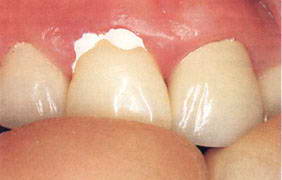
Due to the peculiarities of plastic, constructions have found their purpose as temporary prosthetics.
Plastic crowns for temporary fixation are used in the following cases:
- After turning the teeth before installing permanent crowns. At the time of manufacture of the permanent denture, the structure is fixed in plastic.
- After dental implantation, plastic crowns are fixed for the period of manufacture of the permanent structure.
The significance of temporary plastic crowns is that even in the case of a prolonged orthopedic treatment, neither aesthetics nor chewing function of the teeth are affected.
Fixation of temporary structures allows:
- Restore chewing function of teeth.
- Provide good aesthetics.
- Protect sharpened teeth from the aggressive influence of the environment of the oral cavity, temperature differences, as well as from the multiplication of bacteria on it.
- Prevents gingival bed overgrowth.
- Prevents displacement of supporting teeth.
- Contribute to the maintenance of normal diction.
- They give the patient confidence.
The term for wearing temporary plastic crowns is from two weeks to a month.
How to make
For the manufacture of plastic crowns, there is no need to purchase expensive equipment.
Designs can be made in two ways:
- In the dentist’s office. It takes no more than one hour to make a crown.
- In the dental laboratory.
If you compare these methods, the quality of the structure made by the dental technician will be much higher than with the first method.
Production by the dentist
- A mold of the tooth is made from the silicone mass.
- The tooth is machined to fit the crown.
- A mixture prepared from polymerizing liquid and a special powder is poured into a previously made cast and put on a prepared tooth.
- After the mass hardens, the impression is taken, and the plastic structure remains on the tooth stump.
- Then the crown is polished and polished.
- Using a special cement, the prosthesis is fixed to the tooth.
Laboratory Manufacturing
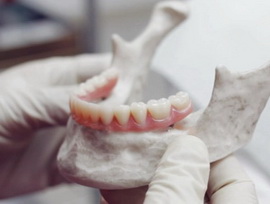
It is carried out by a dental technician.
- Using a silicone mass, casts are taken.
- Plaster models of both jaws are made.
- Wax modeling design.
- Making a prosthesis from plastic, grinding, polishing.
- Fitting and fixing on the tooth.
Life time
The duration of use of plastic crowns is not so short.
In some cases, fixing temporary crowns can take up to two years.
But it’s dangerous to use a plastic crown for more than three years, since not only problematic, but also healthy teeth can be significantly damaged.
In order for plastic crowns to last as long as possible, metal is often used as the basis for the manufacture of structures.
A plastic lining is applied to the metal frame.
If it begins to fall off after some time, then it can be applied repeatedly without removing the crown.
The service life of such structures, subject to the rules of care, is an average of 5 years.
Cost
The price of a plastic crown depends on the status of the dental clinic, the amount of work, the type of plastic, and the qualifications of a specialist. The cheapest is a temporary dental design.
| Type of construction | Price, rub.) |
| Temporary plastic crown made by direct method | 800 |
| Temporary lab-made plastic construction | 3000 |
| Screw-mounted plastic crown | 4500 |
| Reinforced plastic construction for temporary fixation | 4600 |
| Milled plastic crown for temporary fixation | 5400 |
Before and after photos
 |
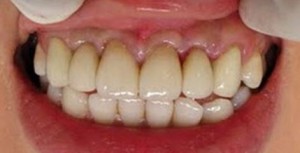 |
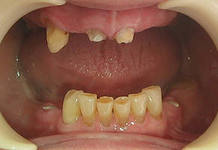 |
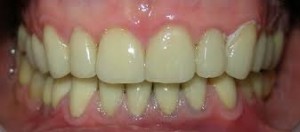 |
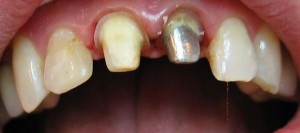 |
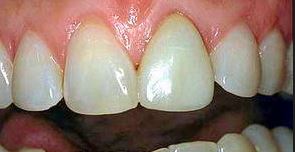 |